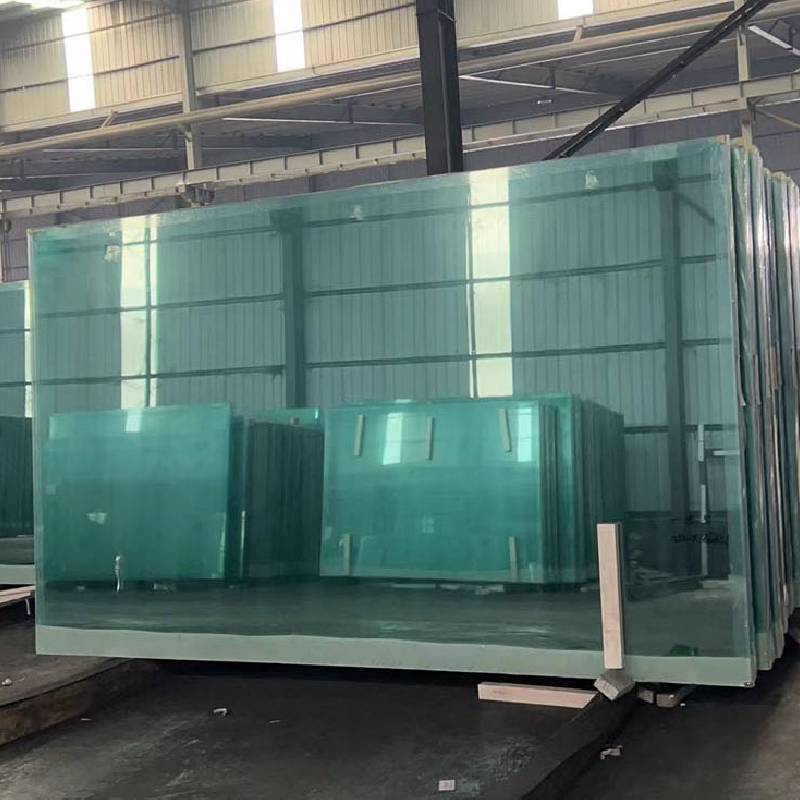Understanding Toughened Low-E Glass A Modern Solution for Energy Efficiency
In the contemporary world of construction and design, glass plays an essential role in architectural aesthetics, functionality, and energy efficiency. Among the various types of glass available, toughened low-emissivity (low-E) glass has emerged as a preferred choice for many builders and homeowners. This article explores the features, benefits, and applications of toughened low-E glass, highlighting its significance in modern architecture.
Understanding Toughened Low-E Glass A Modern Solution for Energy Efficiency
Adding to its robustness, toughened low-E glass is coated with a thin layer of metallic oxide. This low-E coating reflects infrared light while allowing visible light to pass through. As a result, it minimizes heat transfer between the interior and exterior of a building. During summer, low-E glass helps keep interiors cool by reflecting exterior heat away, while in winter, it retains indoor warmth by reflecting heat back into the room. This dual functionality significantly enhances energy efficiency, reducing the need for heating and cooling systems and consequently leading to lower energy bills.
toughened low e glass
One of the crucial advantages of toughened low-E glass is its contribution to environmental sustainability. By improving energy efficiency in buildings, this glass type helps reduce overall energy consumption. As a result, building owners can minimize their carbon footprints, aligning with global efforts to combat climate change. Moreover, many manufacturers produce low-E glass using environmentally friendly processes, further adding to its green credentials.
In terms of aesthetics, toughened low-E glass does not compromise on beauty. Available in various finishes and degrees of transparency, it can be seamlessly integrated into architectural designs. Whether it’s large glass facades, skylights, windows, or glass doors, toughened low-E glass offers clarity and style, allowing natural light to flood indoor spaces while maintaining comfortable temperatures and glare control.
Installation of toughened low-E glass is relatively straightforward, but it requires skilled professionals to ensure that it is fitted correctly. Its durability makes it a sensible investment for long-term use, as it often comes with warranties that guarantee its performance.
In conclusion, toughened low-E glass is a remarkable innovation in the realm of modern architecture, combining strength with energy efficiency. Its ability to enhance comfort, reduce energy consumption, and contribute to sustainable building practices makes it an excellent choice for both commercial and residential applications. As the demand for eco-friendly solutions continues to rise, toughened low-E glass stands out as a testament to how technology and design can work hand in hand to create a better, more efficient future. Embracing this advanced glass solution is not just a stylish choice but also a responsible one towards our planet.
 Afrikaans
Afrikaans  Albanian
Albanian  Amharic
Amharic  Arabic
Arabic  Armenian
Armenian  Azerbaijani
Azerbaijani  Basque
Basque  Belarusian
Belarusian  Bengali
Bengali  Bosnian
Bosnian  Bulgarian
Bulgarian  Catalan
Catalan  Cebuano
Cebuano  Corsican
Corsican  Croatian
Croatian  Czech
Czech  Danish
Danish  Dutch
Dutch  English
English  Esperanto
Esperanto  Estonian
Estonian  Finnish
Finnish  French
French  Frisian
Frisian  Galician
Galician  Georgian
Georgian  German
German  Greek
Greek  Gujarati
Gujarati  Haitian Creole
Haitian Creole  hausa
hausa  hawaiian
hawaiian  Hebrew
Hebrew  Hindi
Hindi  Miao
Miao  Hungarian
Hungarian  Icelandic
Icelandic  igbo
igbo  Indonesian
Indonesian  irish
irish  Italian
Italian  Japanese
Japanese  Javanese
Javanese  Kannada
Kannada  kazakh
kazakh  Khmer
Khmer  Rwandese
Rwandese  Korean
Korean  Kurdish
Kurdish  Kyrgyz
Kyrgyz  Lao
Lao  Latin
Latin  Latvian
Latvian  Lithuanian
Lithuanian  Luxembourgish
Luxembourgish  Macedonian
Macedonian  Malgashi
Malgashi  Malay
Malay  Malayalam
Malayalam  Maltese
Maltese  Maori
Maori  Marathi
Marathi  Mongolian
Mongolian  Myanmar
Myanmar  Nepali
Nepali  Norwegian
Norwegian  Norwegian
Norwegian  Occitan
Occitan  Pashto
Pashto  Persian
Persian  Polish
Polish  Portuguese
Portuguese  Punjabi
Punjabi  Romanian
Romanian  Russian
Russian  Samoan
Samoan  Scottish Gaelic
Scottish Gaelic  Serbian
Serbian  Sesotho
Sesotho  Shona
Shona  Sindhi
Sindhi  Sinhala
Sinhala  Slovak
Slovak  Slovenian
Slovenian  Somali
Somali  Spanish
Spanish  Sundanese
Sundanese  Swahili
Swahili  Swedish
Swedish  Tagalog
Tagalog  Tajik
Tajik  Tamil
Tamil  Tatar
Tatar  Telugu
Telugu  Thai
Thai  Turkish
Turkish  Turkmen
Turkmen  Ukrainian
Ukrainian  Urdu
Urdu  Uighur
Uighur  Uzbek
Uzbek  Vietnamese
Vietnamese  Welsh
Welsh  Bantu
Bantu  Yiddish
Yiddish  Yoruba
Yoruba  Zulu
Zulu 

